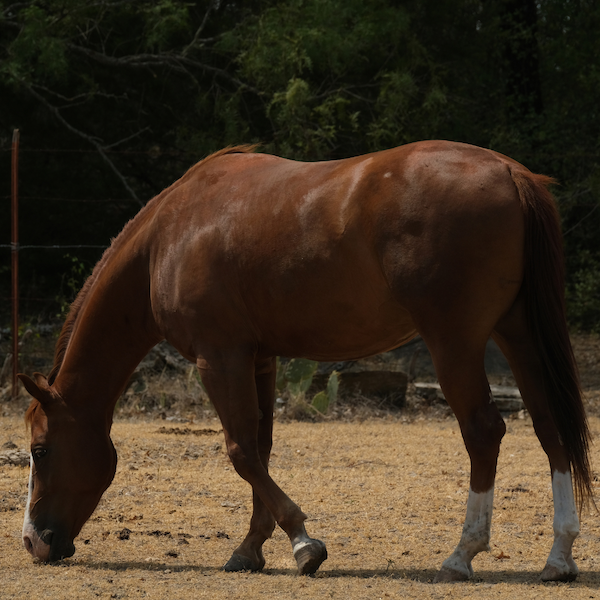Drought can be a tough season for horse owners and land managers alike. With the sun blazing down and grass turning brown, maintaining a healthy pasture becomes not only a challenge but a necessity. Watching the land lose its vibrancy while ensuring horses receive the best care possible can be daunting. There are strategies to help manage horse pastures effectively during drought like conditions.
One of the most crucial steps in pasture management is preventing overgrazing. When horses graze too frequently or too heavily, the grass struggles to recover. This stress can lead to soil erosion and make it harder for new growth to take root. It is important to monitor grazing patterns, keeping an eye on how much each horse is grazing and adjusting accordingly. If conditions are dry, consider limiting their access to certain areas to prevent further damage. This proactive approach can help preserve the integrity of pastures and ensure that horses have a sustainable source of nutrition.
Rest periods are essential for rejuvenating pastures. Allowing the grass time to recover helps it to rebuild its root systems, making it more resilient when drought hits. Setting up pasture rest cycles and determining specific periods where sections of the pasture will remain untouched can be beneficial. Creating a schedule to rotate pastures ensures that not all areas are being grazed at once, giving each section a chance to recover and grow back. This rotational grazing method is particularly effective during drought conditions, as it allows the land to heal and prevents overuse.
By rotating pastures, grass has the chance to grow back and maintain its health. Stalling horses part-time can also help to reduce the pressure on pastures, allowing the grass to regenerate more effectively. These strategies, when implemented correctly, can make a significant difference.
In addition to rotational grazing and rest periods, there are other techniques to help manage horse pastures during drought. One such method is the use of sacrificial paddocks. These are smaller areas designated for grazing during particularly dry periods. While the grass in these paddocks may suffer, it helps to protect the rest of the pasture from overgrazing. Once the weather improves, these areas can be reseeded and rehabilitated.
Another important factor to consider is soil health. Healthy soil is the foundation of a resilient pasture. Regular soil testing can provide valuable information about nutrient levels and help in making informed decisions about fertilization. Adding organic matter, such as compost or manure, can improve soil structure and increase its water-holding capacity. Mulching can also help retain moisture and reduce soil temperature, benefiting both the grass and the overall ecosystem.









